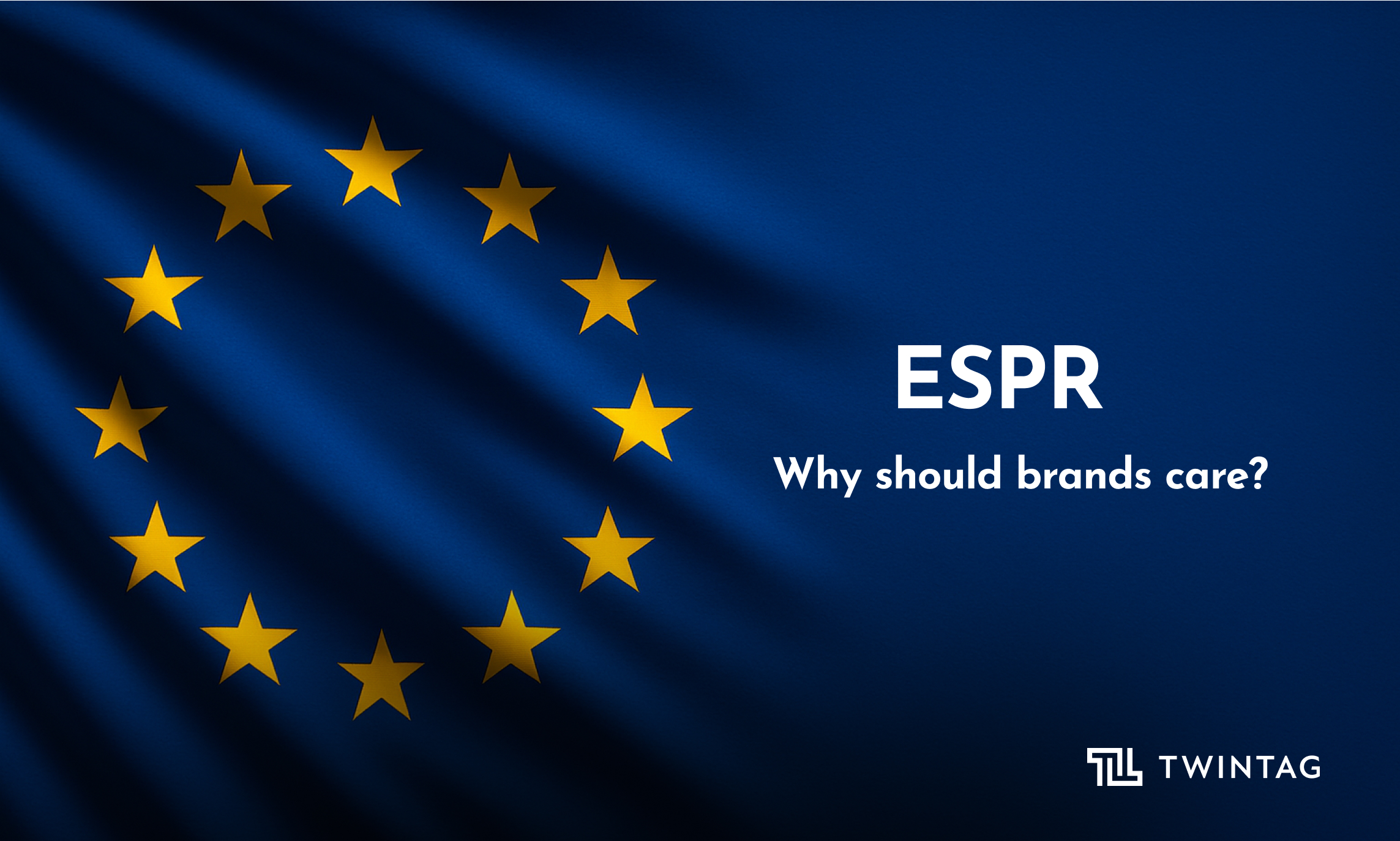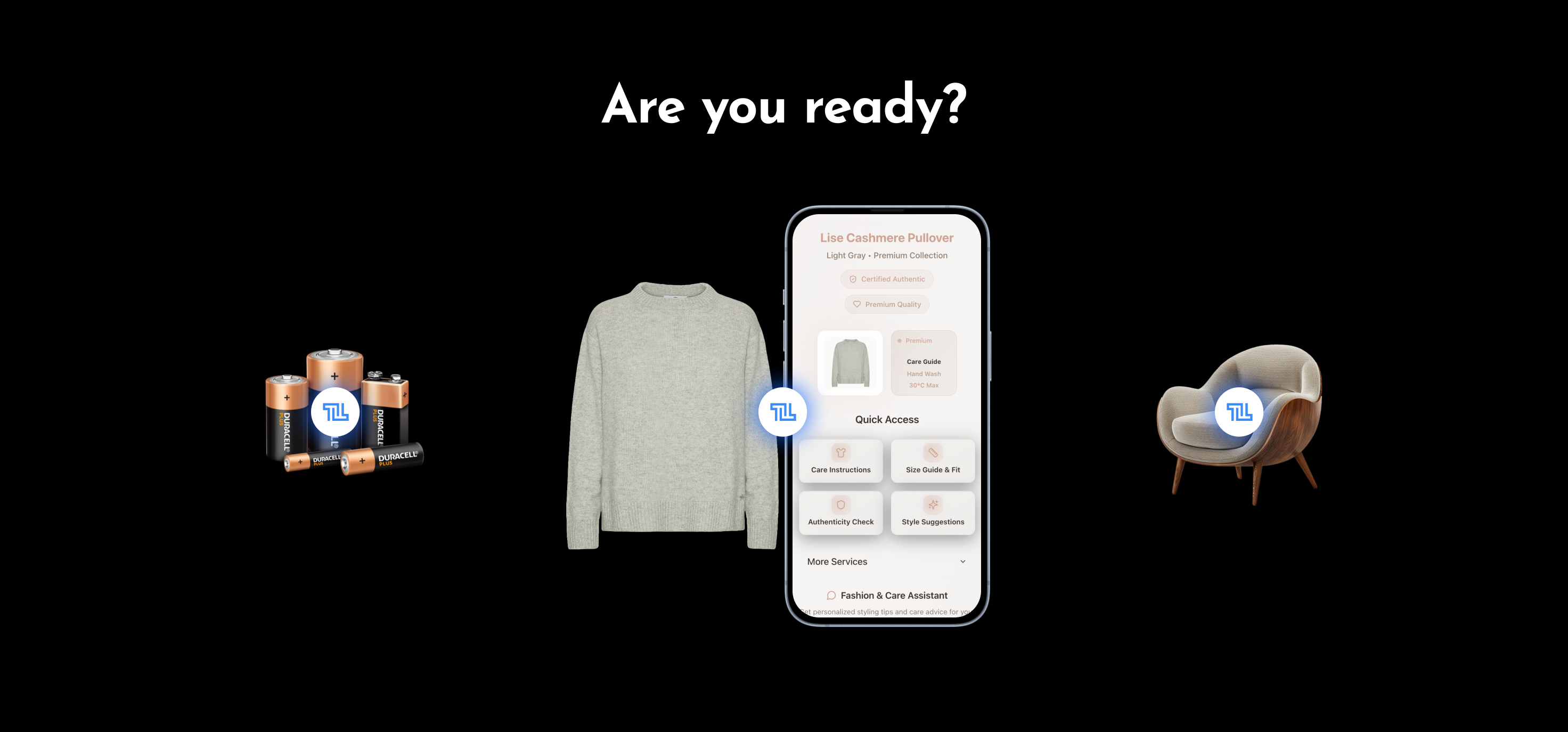Product serialization and its benefits for your business
Serialization isn't new. It began in food and pharma, then spread to other industries. Let's explore its impact on them.

The idea of serialization is not new. In the food and beverage industry, pharmaceuticals, and any other industry that sells products with a limited life expectancy, serialized codes keep people safe and allow brands to take entire batches out of circulation, if necessary.
However, with time, it spread to other industries as well and now it is more than just a barcode label on a box – it’s about what’s inside the box, too. By assigning a unique identifier to each sellable item—through technologies like QR codes, NFC, or RFID—this approach not only enhances supply chain visibility but also revolutionizes customer engagement, protects against counterfeiting, ensures regulatory compliance, and more.
With advanced tagging technology and cloud-hosted digital ID management platforms like ours, businesses are discovering exciting new ways to connect with their products and customers like never before.
In this article, we will first explain what product serialization is, delve into the typical process of serializing products, explore the various use cases enabled by this technology, and discuss how we can help your business leverage these opportunities.
What is product serialization?
Product serialization is the process of assigning a unique identity to each saleable product item. This is typically done by affixing a unique code, such as a QR code, NFC, or RFID tag, to each item.
Once your products are serialized, each can be individually identified and its journey can be tracked through the entire supply chain. This not only facilitates end-to-end traceability but also allows manufacturers and retailers to track products back to their origins. It provides insights into which supply chain partners handled the products, identifies the specific components or ingredients that went into the final product, records the item’s overall history, and allows stakeholders to interact with each individual product.
How do you serialize your products?
The serialization process typically has several steps:
- Generating serial numbers: unique serial numbers are generated to be assigned to each product unit. These can be alphanumeric or barcode formats, created in a controlled and secure manner to ensure uniqueness. Contrary to what the term may suggest, these numbers often do not form a regular series. Importantly, for many digital applications, the number may need to be “unguessable” to be “unspoofable”. Sufficiently large random numbers will do the job there.
- Assigning serial numbers to tags: each unique serial number is assigned to a smart tag, a twintag in our case. This tag will serve as the digital identity of the product, storing essential data in the cloud.
- Applying tags onto products: these tags (QR codes, RFID, NFC, watermarks, 2D data matrix) are then applied to the product packaging or product directly using methods such as printing, pre-printing, and incorporation into existing labels to ensure they are easily visible and scannable.
- Linking data: relevant product data is linked to each serial number. This can be done manually or through automated systems.
- Recording in a database: the product data, including serial numbers, is stored in a centralized database, made visible through an Admin Portal in our case. This serves as a repository for all serialized product information, facilitating easy data access and retrieval.
- Integration with other systems: serialized data is integrated with relevant business systems to enable tracking and management of product information throughout its lifecycle.
What are the benefits of product serialization for your business?
Product serialization offers a multitude of advantages that can transform how businesses manage their operations and engage with customers. Here are some key benefits:
- Product servitization: by attaching a smart tag, like a twintag, to each product, companies can offer value-added services directly through the product itself. This can include warranties, maintenance tips, upsell, product recall, or even subscription services.
- Enhanced customer engagement: businesses can interact directly with consumers through scanned tags. These interactions can provide personalized experiences, detailed product information such as inspection certificates, maintenance records, and calibration reports, as well as, targeted marketing.
- Compliance with regulations: businesses can easily comply with these regulations by providing a clear trail of product composition, provenance, and movement.
- Protection against counterfeiting: with unique identifiers on each product, companies can more easily authenticate products and combat counterfeiting, protecting brand integrity.
- Supply chain traceability and management: businesses get a granular view of the supply chain. By tracking products from production to sale, companies can optimize inventory, reduce losses, and respond swiftly to supply chain disruptions.
- Sustainability attributes and efforts transparency: serialization can also be used to communicate a product's sustainability attributes directly to the consumer. By scanning the product's tag, consumers can access information about the product’s environmental impact, recycling instructions, or ethical sourcing practices, aligning with increasing consumer demand for transparency in sustainability efforts.
Overall, product serialization not only enhances operational efficiency but also creates new revenue streams, reduces operational costs, opens up new avenues for customer interaction, regulatory compliance, and sustainability.
Twintag can help. Twintag offers a scalable solution that easily manages and tags millions of products, accommodating businesses of any size. Each tagged item delivers context-aware experiences, which adapt dynamically based on who is scanning the tag and where the scan takes place. These experiences can also be updated at any time to meet changing needs or goals. This flexibility ensures that every interaction is relevant and tailored, enhancing customer engagement and providing businesses with a robust, adaptable tool for digital product management.


-min.png)



